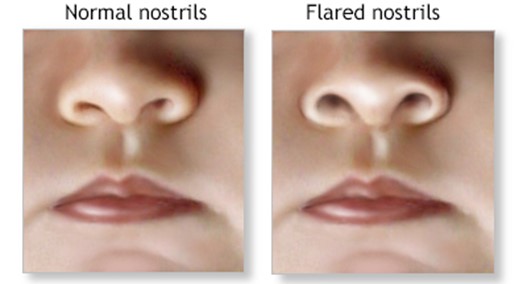A nurse is preparing to administer hepatitis B vaccine to a newborn whose mother is hepatitis B surface antigen negative (HBsAg-).
Which of the following actions should the nurse take?
Obtain informed consent from the mother before giving the vaccine
Give the vaccine intramuscularly in the anterolateral thigh
Administer hepatitis B immune globulin (HBIG) along with the vaccine
Delay giving the vaccine until after breastfeeding is established
The Correct Answer is B
The correct answer is choice B. Give the vaccine intramuscularly in the anterolateral thigh.
This is because the anterolateral thigh is the recommended site for intramuscular injections in infants less than 12 months of age.
It has a large muscle mass and minimal risk of injury to nerves or blood vessels.
Choice A is wrong because informed consent is not required for routine immunizations, unless the parent or guardian requests more information or declines the vaccine.
Choice C is wrong because hepatitis B immune globulin (HBIG) is only indicated for newborns whose mothers are hepatitis B surface antigen positive (HBsAg+), as they have a high risk of acquiring the infection from their mothers.
Choice D is wrong because there is no need to delay giving the vaccine until after breastfeeding is established.
Breastfeeding does not interfere with the vaccine’s effectiveness or safety, and it does not increase the risk of adverse reactions.
Nursing Test Bank
Naxlex Comprehensive Predictor Exams
Related Questions
Correct Answer is B
Explanation
The correct answer is choice B. Give the vaccine intramuscularly in the anterolateral thigh.
This is because the anterolateral thigh is the recommended site for intramuscular injections in infants less than 12 months of age.
It has a large muscle mass and minimal risk of injury to nerves or blood vessels.
Choice A is wrong because informed consent is not required for routine immunizations, unless the parent or guardian requests more information or declines the vaccine.
Choice C is wrong because hepatitis B immune globulin (HBIG) is only indicated for newborns whose mothers are hepatitis B surface antigen positive (HBsAg+), as they have a high risk of acquiring the infection from their mothers.
Choice D is wrong because there is no need to delay giving the vaccine until after breastfeeding is established.
Breastfeeding does not interfere with the vaccine’s effectiveness or safety, and it does not increase the risk of adverse reactions.
Correct Answer is C
Explanation
The correct answer is choice C. Nasal flaring and grunting are signs of respiratory distress in a newborn and should alert the nurse to a potential problem.
The nurse should monitor the newborn’s respiratory rate, oxygen saturation, and chest movements, and notify the provider if the symptoms persist or worsen.
Choice A is wrong because molding of the head is a normal finding in a newborn who was delivered vaginally.
It is caused by the pressure of the birth canal on the skull bones and usually resolves within a few days.
Choice B is wrong because acrocyanosis of hands and feet is a normal finding in a newborn during the first 24 hours of life.
It is caused by poor peripheral circulation and does not indicate hypoxia or cyanosis.
Choice D is wrong because vernix caseosa on skin folds is a normal finding in a newborn.
It is a white, cheesy substance that protects the skin from amniotic fluid and helps with thermoregulation.
It usually disappears within a few days.

Whether you are a student looking to ace your exams or a practicing nurse seeking to enhance your expertise , our nursing education contents will empower you with the confidence and competence to make a difference in the lives of patients and become a respected leader in the healthcare field.
Visit Naxlex, invest in your future and unlock endless possibilities with our unparalleled nursing education contents today
Report Wrong Answer on the Current Question
Do you disagree with the answer? If yes, what is your expected answer? Explain.
Kindly be descriptive with the issue you are facing.
